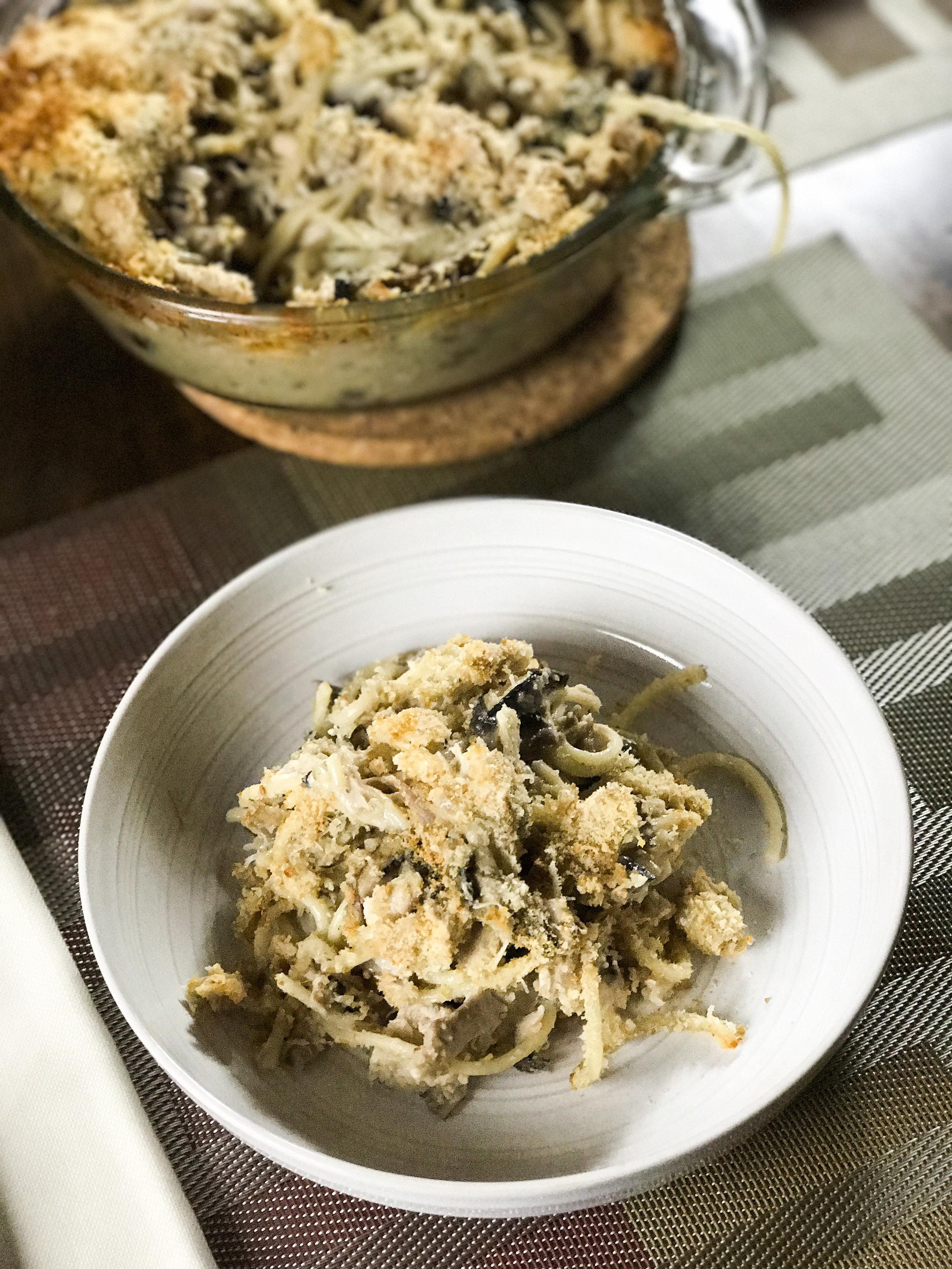If you've been to Paris in the last few years (I just got back!), you know that bistronomie – laid-back bites in relaxed, new-style bistros – is Parisians' favorite way to dine these days. Expensive, elaborate menus dégustations (tasting menus) are pretty much for tourists and rich old fogies. OK, perhaps that's an exaggeration, but that's how it feels.
Thierry, Wylie and I dined bistronomie-style each of four nights when we visited Paris earlier this month, and twice we found bulots – the small sea snails English-speakers call whelks. They seem to be having a moment! I'd seen and eaten them occasionally in decades past on plateaux de fruits de mer – chilled seafood platters – where they'd sometimes be mingled with oysters and clams on the half-shell and steamed or boiled bigourneaux (periwinkles).
"Bulots mayo," is how they were announced on the blackboard menu at Jeanne A – a terrific little bistro in the super-hot 11th arrondissement. I had to order them (6 euros) – for the three of us to share with our other starters.
They came chilled in a coffee cup, accompanied by a little pot of good, house-made mayo. So much fun! A couple nights later, there they were again – listed under "zakouskis" at Le Servan, which offered them with mayonnaise au piment for 8 euros. (Le Servan, by the way, was wonderful – the best meal I had in Paris this trip, also in the 11th.)
Ding ding ding ding ding! A lightbulb went off over my head: We can make bulots at home! Why? Because I know where to find them – and very inexpensively: at Jusco, an Asian supermarket with a fabulous seafood selection, in the Dallas suburb of Plano. In fact, I'd picked some up (about $6 per pound) to toss onto a seafood paella just a couple weeks before my France trip.
As I researched bulots on my return, I learned a few things. First, that they're also called buccins, though I've never seen them called that on a menu. Second, that they're traditionally served in Provence with aîoli – the super-garlicky mayo whose name has been appropriated by American chefs who want to make gentler flavored mayos sound chic. And third, that whelks is a term applied to several different types of sea snails, which explains why they don't always look quite the same – some are striped or ridged; others are spotted and smooth.
In any case, they couldn't be easier to cook. First, give 'em a 10-minute soak in cold water, so they release any sand, and rinse. Then boil them in heavily salted water for 20 minutes. That's it. I went a step further and tossed some sliced onion, thyme and bay leaves to the water as it came to a boil, and added a splash of white wine – a court bouillon on-the-fly.
But first I whipped up some aîoli – a real one, with lots of garlic. It's easy to make in a blender. I flavored half of it with chopped basil. Or you could add chopped or puréed roasted red pepper. Or you could serve the bulots with mayo from a jar, dressed up with a squirt of harissa from a tube. But even plain mayo – home-made or store-bought would be swell.
With the aïoli – and glasses of chilled rosé – they were outstanding, a fabulous pre-dinner nibble, ideal for laid-back entertaining. Serve 'em warm, or chilled, or room temp – with toothpicks, which you need to coax the meat out of the shell. Delicious fun indeed. Want to try it? Here's the recipe:
Please let us know if you find them in your neck of the woods – and how you like 'em!










































